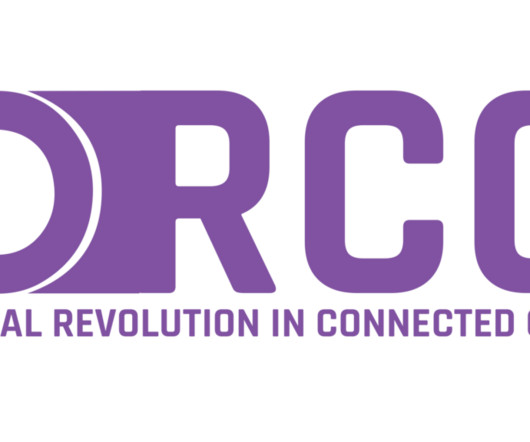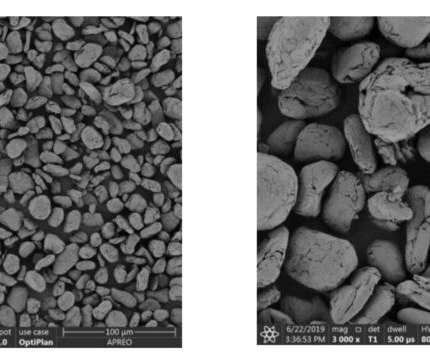Government working towards more liberal regime to foster sale, production of ethanol: VK Singh | Autocar Professional
Baua Electric
JANUARY 16, 2024
The government is working towards a more liberal regime to promote the production and sale of ethanol, said VK Singh, Minister of State (MoS), Union Ministry of Road Transport and Highways and Civil Aviation. While speaking at the Fuels of Future 2.0, Additional capacity of 300 crore litres needs to be added,” he mentioned.












Let's personalize your content